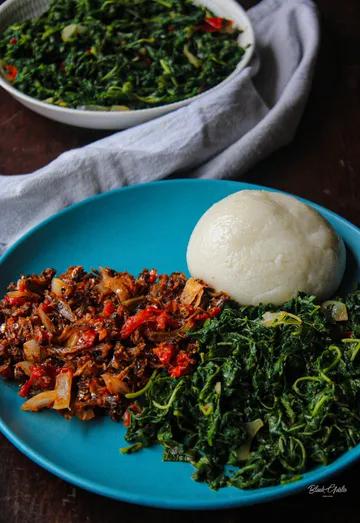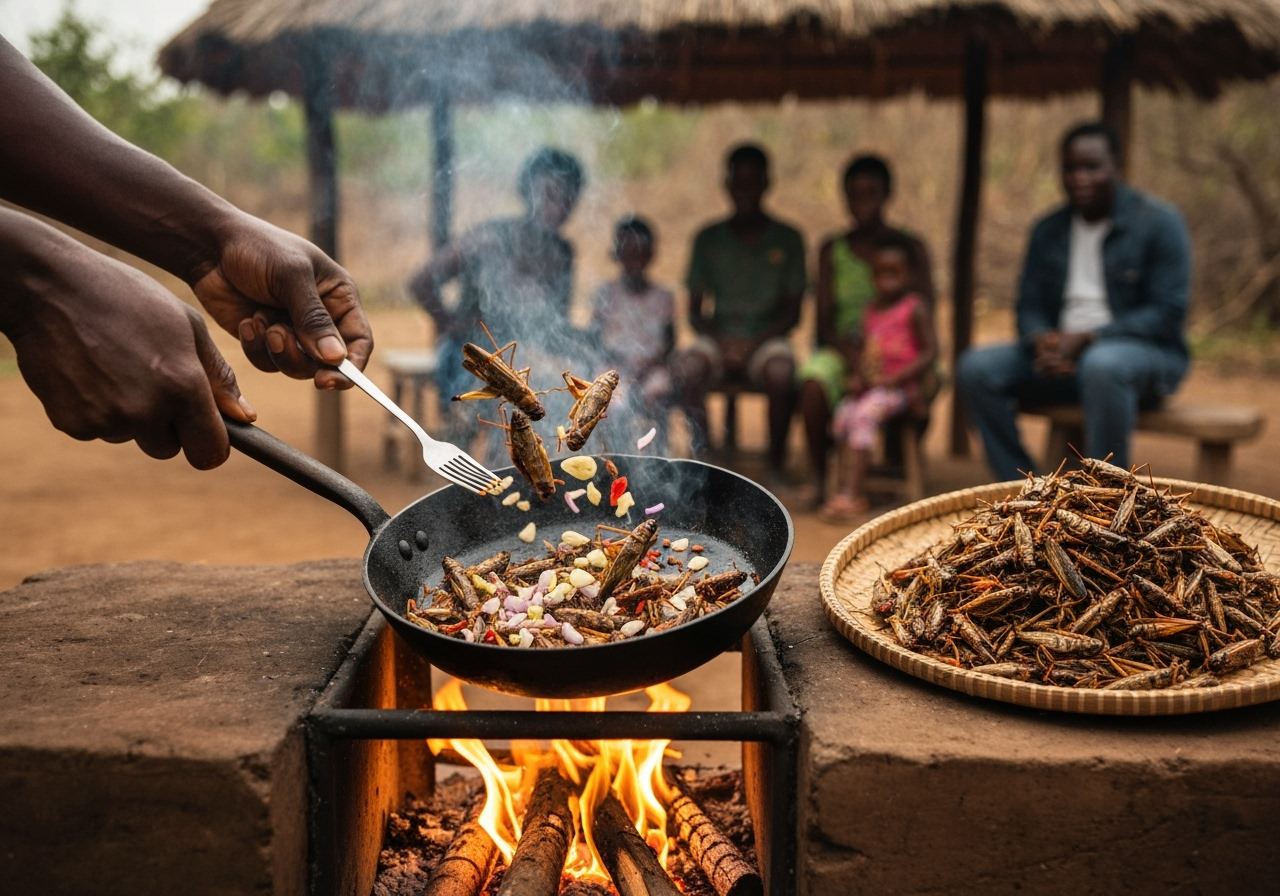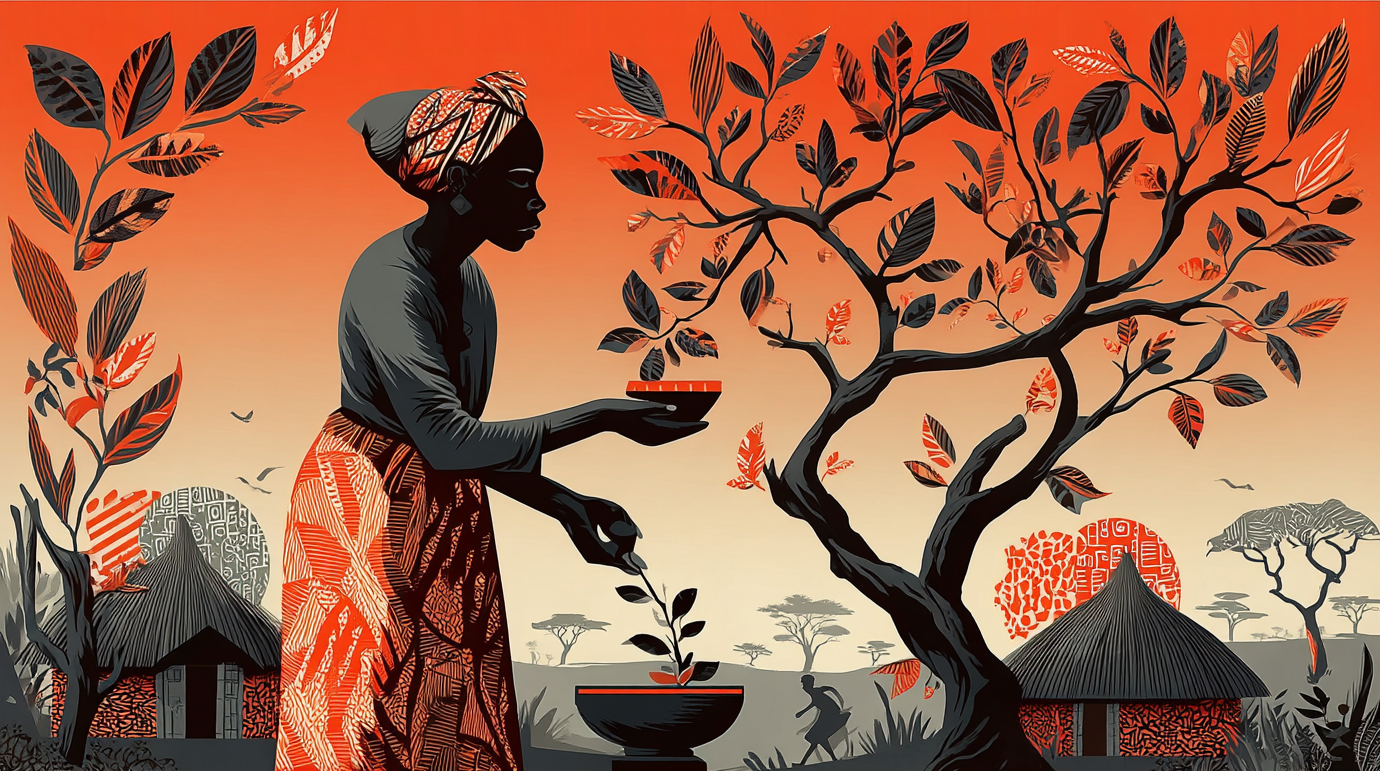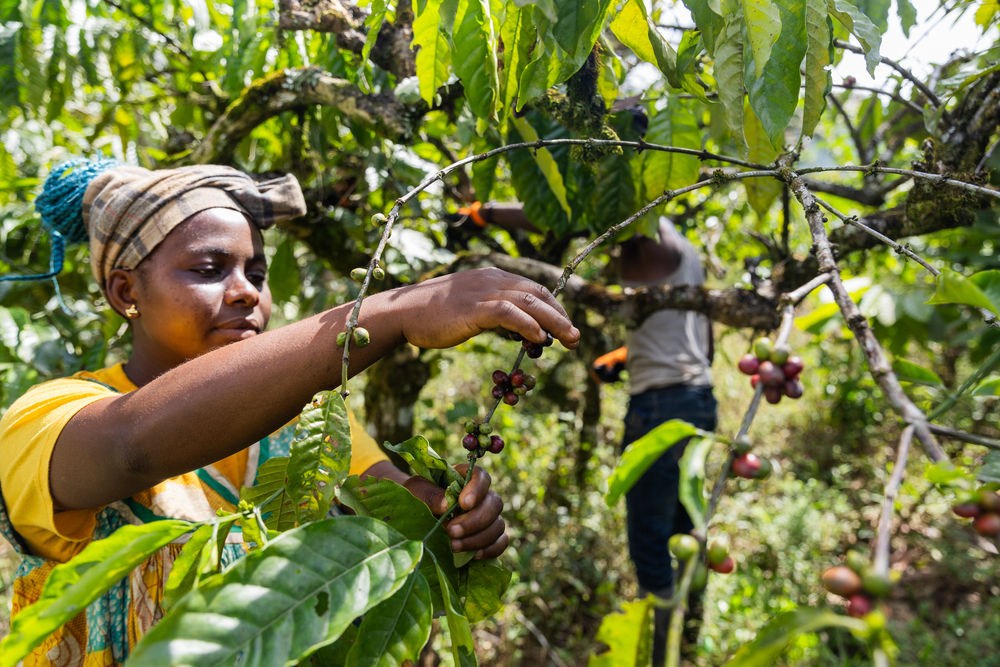Before maize meal, what did Zambians eat? Before strip malls and fast-food chains, what was the Zambian diet like? Eating sustainably sourced, traditional food is a form of historic and cultural preservation. What you eat can save your life or end it.
What was the last thing you craved? More importantly, when was the last time you craved a home-style Zambian dish? Be honest—was it a steaming plate of chikanda, or a glazed doughnut? A hearty bowl of ifisashi, or a burger and fries?
Zambia’s diversity cannot be understated. With 73 tribes and even more traditions, it has long boasted its own unique culinary roots. Due to Zambia’s large agricultural practice, traditional diets are often centred around fresh, locally sourced ingredients. Many of these are plant-based and have nourished generations of families. But as globalisation and colonial activities swept across the continent, they reshaped the way we eat. Increased access to fast food, popularised by Western culture, is shaping more than just our preferences. It brings with it not only new flavours but also long-term health risks.
The Nutritional Value of Traditional Zambian Food
Zambian traditional foods are powerhouses of nutrition. Ifisashi, for example, green leafy vegetables cooked into a sauce with pounded groundnuts, delivers plant-based protein and essential fats from the nuts. Kapenta (baby freshwater sardines) provides calcium and omega-3 fatty acids. The different varieties of sweet potatoes and cassava offer fibre that aids digestion, as well as complex carbohydrates for sustained energy.

Other local superfoods have become famous worldwide. Mabuyu (baobab, a Zambian superfood) and moringa outshine many, if not all, imported health fads and supplement tablets that promise health and longevity. Baobab alone packs more vitamin C than oranges and more antioxidants than blueberries. Sadly, such nutrient-dense ingredients, which once formed the basis of many traditional meals, are fading from our plates and being replaced with different, and dangerous, ‘alternatives’.

The increasing popularity and perception of processed foods, inspired by Western diets, has introduced large amounts of added sugars, unhealthy fats, and refined carbohydrates into local diets. These have significantly altered local dietary habits. ‘Quick, easy, and convenient’ fast foods, sugary drinks, and packaged snacks are now dietary staples in urban areas. This type of diet leans heavily on eating for pleasure and status rather than nourishment and sustenance. The result is rising obesity rates and a surge in chronic diseases that are becoming increasingly prevalent among young people.
Processed Foods and Health Risks
A study in PLOS Medicine found that childhood obesity in Africa has doubled in the last two decades. This isn’t just about weight gain. It’s a public health crisis. The abandonment of local diets, consisting mostly of indigenous food sources, and the surge in adopting Westernised diets have fuelled conditions such as Type 2 diabetes and cardiovascular disease. These are increasing the burden on Zambian healthcare systems and cutting lives short.
Western menus and fast food have somehow evolved into status symbols: a sign of modernity and affluence. The idea that “you haven’t been to [insert trendy restaurant], so you’re socially irrelevant” is a mindset aggressively pushed by marketing and social media campaigns. Convenience is another factor. Fast food is quick, easy, and doesn’t require cooking skills. And then there’s the fact that high levels of sugar, salt, and fat make these foods addictive, leaving us craving more.
However, this isn’t about painting fast food as the villain. It’s about creating awareness and reminding ourselves that we have the power of choice with every meal. It’s not just about taste. Traditional food in Zambia is about culture, health, and long-term well-being.
So, the next time you reach for the fastest and easiest fix, pause and think: Is this truly what you crave, or what you’ve been conditioned to crave?








